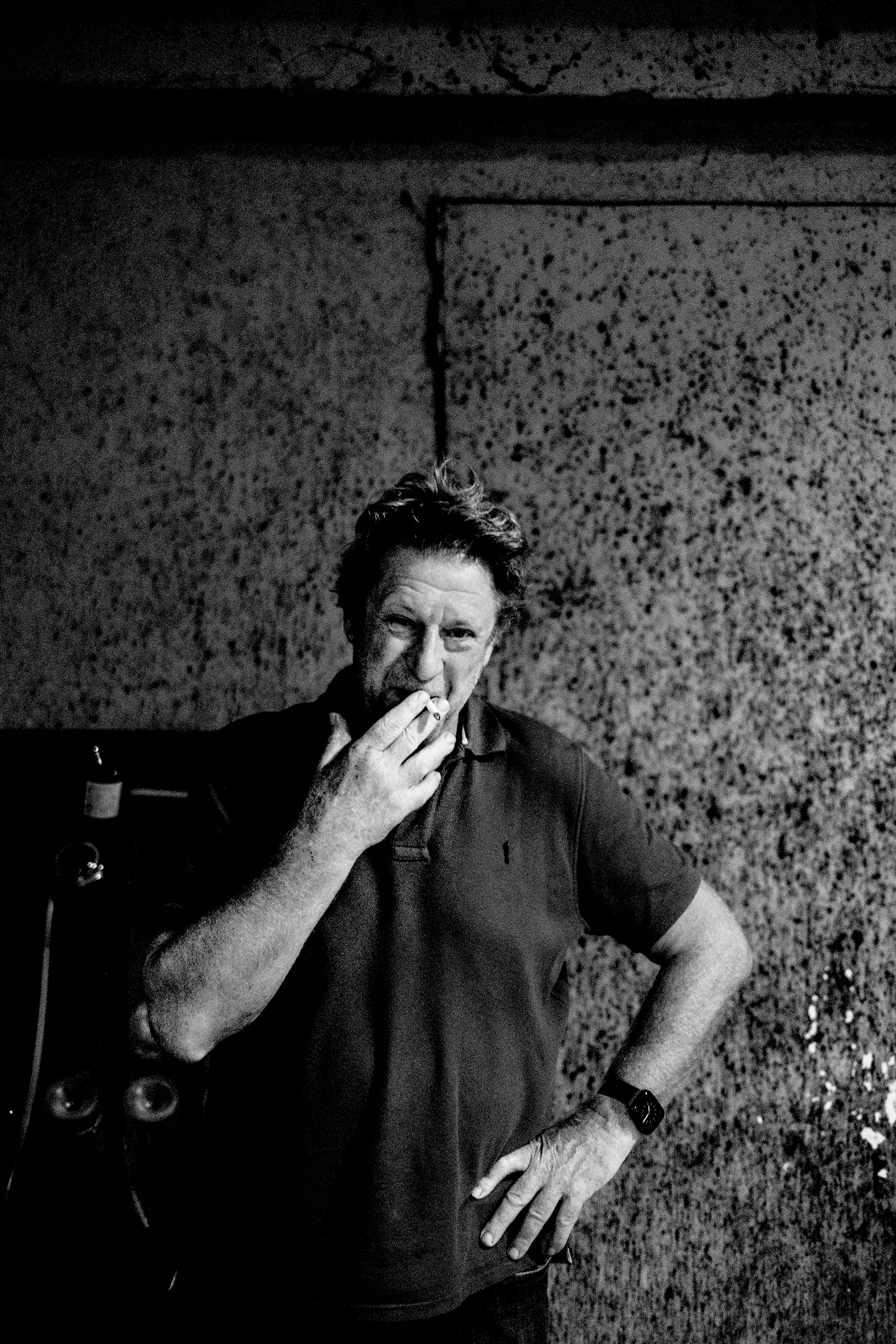09th Nov 2023
Covering the 2023 vintage in Champagne reminded me of how great feature-length films are made. Movie Directors end up cutting hours and hours of hard-shot footage, reviewing, editing, and rearranging each frame with precision, again and again, to achieve perfection in the final cut. Directors have months to do this work, plus the possibility of doing a reshoot. But not so for the Champenois.

Chronicle of a Vintage Foretold
Every producer I visited during the 2023 harvest recounted how the well-anticipated, overabundant harvest left them no choice but to make seriously deep cuts in fruit “footage,” so to speak. The challenge was doing it all in super-fast motion over a matter of days. Think of a 1920s black and white 16mm film strip featuring swarms of grape pickers inspecting, cutting, and dropping rotten fruit to the ground, sorting and discarding more rotten or damaged fruit at the winery, to finally press and process grapes into tank or barrel at an accelerated clip. It was all that, but in technicolor shades of purple.
From very early flowering, it was clear the vines would be laden with fruit, which seemed like a good problem to manage in May.
“Everyone knew that it was going to be a lot. The vines thrived this year – they loved the vintage,” Charles Philipponnat said, “in 2013, our harvest was 6000kg per hectare. This year, some of our vineyards had three times that amount.” That dramatic increase tracks with the official totals that put 2023 as the third largest harvest in Champagne history, reaching close to 20,500kg per hectare, double the permitted yields of 11,400 kg per hectare.

Signs of a monster yield.
A few grower-producers (recoltant-manipulant), Anselm Selosse among them, were proactive as they saw early the signs of a monster yield and decided to green harvest, but the quantity of clusters wasn’t the sole challenge. Very early on, growers saw the cluster size and bunch weight heading way off the normal chart. Then came early August rainfall, which invited mildew and botrytis pressure to vineyards already heaving with quite plump, more tightly clustered bunches. And as if that weren’t enough, there was increased pest pressure from the pernicious Southeast Asian Drosophila Suzukii fruit fly. Unlike its European fruit fly cousins that only infest already rotting fruit, this Suzukii fruit fly attacks healthy grapes by puncturing the skin and injecting larvae that not only spoil that specific grape but invite further bunch rot. What next!?

By picking time, the bunches were 30% to 50% heavier and bigger than in previous years, hitting an all-time highest record with average weights of 220g per bunch. While the Chardonnay fared well enough, the bulging tight clusters left the red grapes unevenly ripened and made perfect hosts for botrytis, mildew, and pests. The devil was now in the detail of picking and sorting, and experience with directing and managing these challenges proved valuable. Jean-Baptiste Lécaillon, Chef de Cave at Roederer, said, “I keep telling the young Chef de Cave – relax! It’s all about Champagne. Take it easy, and it will work out in the end.”
"Relax! It’s all about Champagne."

One silver lining on the dark clouds was a welcomed increase on the quantity of permitted reserve wines from 8,000 kg per hectare to 10,000 kg per hectare from this harvest. These excess yields are an insurance policy allowing producers to top up permitted reserve volumes. Philipponnat pointed out, “This will ultimately be a plus for the future as it allows us to focus on keeping a good reserve from this harvest, and also keep bad reserve that can be replaced in the future.”
2023 will likely be looked back on as a will-triumphs-over-adversity year.
Back to the movies, the 2023 harvest will likely be looked back on as a will-triumphs-over-adversity film with a happy ending for the Chardonnays as most everyone agreed they were good, with a few Côte des Blancs producers even going so far as to say they were excellent. And no doubt, the new reserve wine stocks play both the hero and heroine of the story. But the 2023 red grapes are starring in their own suspense/thriller with a lot of uncertainty in the script. Most everyone believed there could be some good if not pretty good, red fruit outcomes, but they won’t know until they see how the vin clair, or base wines, turn out in a few months. Part two will be a new round of sorting and careful vin clair selection for the final assemblages. And we will, of course, see the bottled sequel to this movie in a few years.
Santé
-
Article by Sarah Mayo
Photography by Johan Berglund
More articles

Cathiard Vineyard New Releases
02nd May 2024
3 tasting notes

Bordeaux 2023 Preliminary Vintage Report and Reviews from Barrel
29th Apr 2024
56 tasting notes

2021 Bordeaux in Bottle and A Modest Proposal
24th Apr 2024
599 tasting notes

Pilcrow’s New Releases
18th Apr 2024
7 tasting notes
Show all articles